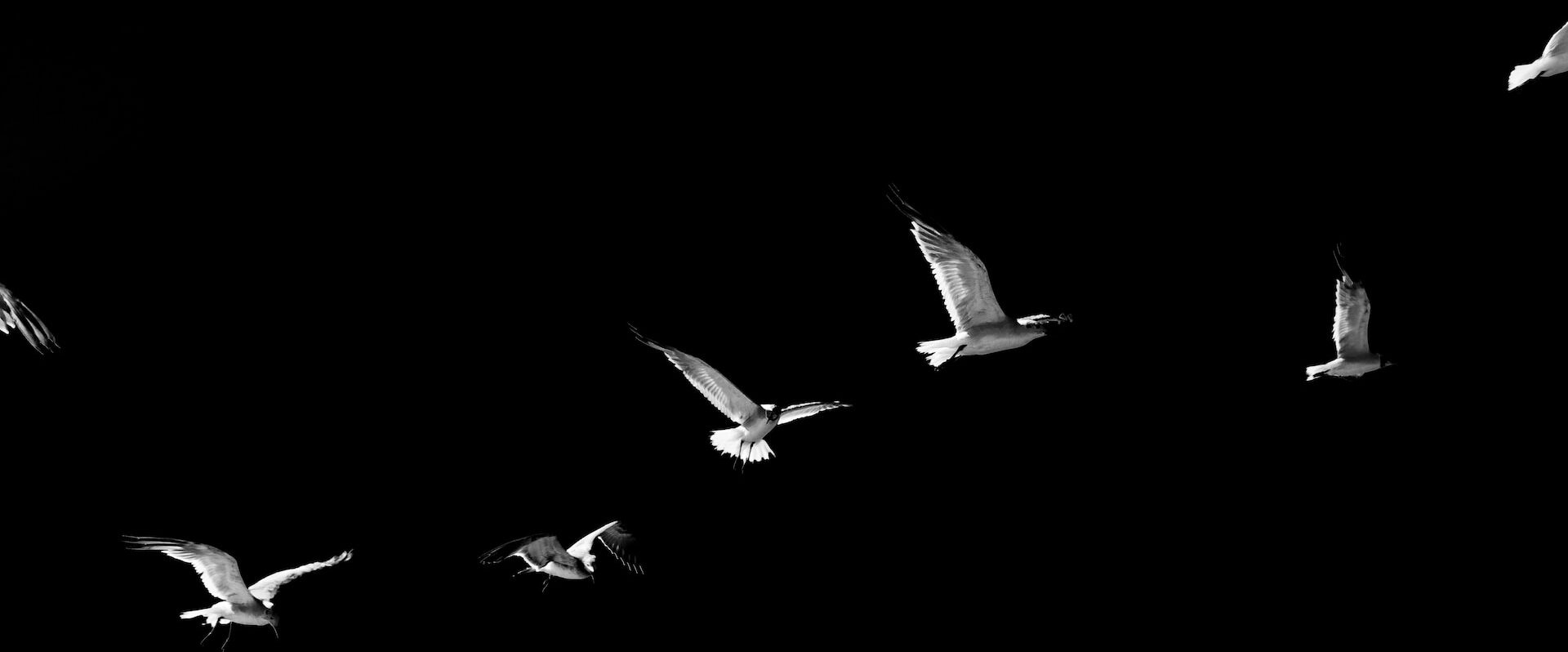There are about 11 species of Owls that inhabit the Texas-Mexico borderlands. Many of them can even be seen or heard here in Yanaguana (San Antonio)! In fact, there are a few species who have adapted to live amongst humans and have successfully made this busy city their home. These include: the Great-horned Owl (Bubo virginianus), Barred Owl (Strix varia), and Eastern Screech Owl (Megascops Asio).



Right now is the perfect time to try to hear Great-horned and Barred Owls as they become active during dusk (i.e., sunset). In the late fall into the winter months (between November through February), you may hear them hooting as Owls in this region are scouting out and establishing territories for breeding during this time. If you listen, you can distinguish between the male Owl (lower pitch hoot) and the female Owl (higher pitch hoot). They call to each other from opposite ends of an area to let other Owls know that their claiming this space as their new home. Owls don’t build their own nests but instead often make use of abandoned hawk or squirrel nests, or will use empty cavities or man-made structures to raise their young. Here in Yanaguana, they begin nesting (laying eggs and raising owlets) between late February and continue through the Spring season.

Owls eat all kinds of prey including mice, rats, insects, toads, birds and even will hunt and eat other owls. They also regurgitate pellets or castings composed of the indigestible materials, such as fur, feathers, and bone. It’s very similar to how a cat will cough up a hairball. Owl pellets are fun to dissect and we can learn a lot about an Owl’s diet by inspecting their pellets. But, Owl pellets are hard to find in the wild and may not be sanitary, so it’s best to purchase them through online vendors. To read more about Owl pellets, check out this link from Birds and Blooms magazine: All About Owl Pellets and Where to Find Them – Birds and Blooms

Owls are considered to be “nocturnal”, which means they’re most active at night. This connection to the night has unfortunately led many people to associate Owls with evil and they are often viewed as bad omens. You may know the popular story of La Lechuza, which is a local legend that describes Owls as being shape-shifting witches. There are many variations of this tale, but the main premise is a story of caution when in the presence of an Owl. There are other similar stories across different cultures around the world that link Owls to evil — in fact, the genus portion of the scientific name for the Barred Owl, Strix varia, is Greek for “witch”. But, in reality Owls are not evil or witches. They are beautiful birds who play a vital role in the ecology of a landscape. Some people know them as good medicine and they are sacred Relatives who should be valued in their own right. And as such, they are symbols of good fortune to be respected, revered and honored for the important ecological and cultural role they play.
So if you are lucky enough to hear or see an Owl this winter, consider it a blessing — You are fortunate to experience the medicine that the Owl has to offer!

Curious about which Owls are occupying your own neighborhood? Take a look at recent Owl sightings in Yanaguana by visiting Eres’ iNaturalist Project: San Antonio Urban Owls · iNaturalist

 string(10) "expression"
string(10) "expression"